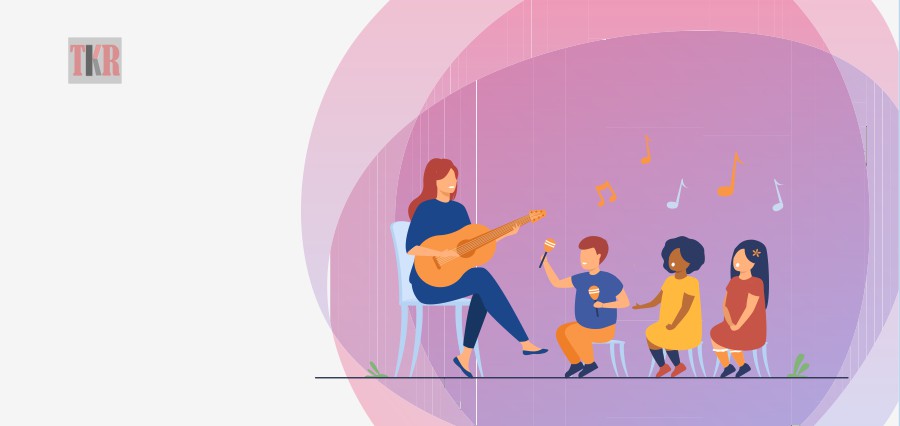Dynamics means change and group dynamics means behavioral change throughout the group interaction. As students live in school communities as a classroom, a park, a band, a science club, a library, etc., it is only normal that students engage in groups to meet their needs, obtain information, communicate, etc. As we know that human activity is not irreversible, and if the students communicate with other members of their group/groups, they can continuously alter the actions of other members. This form of change of behavior of students is called group dynamics because of their contact with group members.
If a teacher organizes a collaborative project activity on every subject in a classroom, the teacher formulates various groups and offers them activity/work for the project. To carry out various project work, to obtain knowledge, to receive support, etc., students need to communicate with their leaders.
Each group calls upon its members to reciprocate. The action of their members is largely affected by each group. For their growth, students interact with the environment. The social interaction is what depends on this growth. An instructor should research group dynamics in order to work with various student classes.
Providing Appropriate Guidance
If a teacher is familiar with group dynamics, he/she can give his / her students appropriate guidance in their adjustment. As education is intended to make the country’s people socially flexible, so we want our students to respond positively to their families, colleagues, associates, and others.
Students may often have some issues with their transition process. If a teacher knows how to communicate positively with other members of his or her group, he/she (teacher) will provide students with the correct advice on their shift, if they are well-equipped with basic knowledge of group dynamics.
Improving the Emotional and Social Climate
In a class that has no enough emotional and social environment, we cannot even imagine coordinating participatory, efficient, and effective teaching-learning processes. If the students in the class are negative, don’t care about the emotions, needs, and expectancies, we cannot expect that the course to be a successful transaction. An instructor should direct his students through group dynamics to better adapt and to healthy interactions. The emotional and social climate can be improved by the teacher.
Improving Group Relations
Special relationship patterns among class students are as stars, isolates, reciprocal pairs, chains, etc. If teachers are familiar with group dynamics, then they will lead. The leader’s role is now moving from authoritarian to participatory and democratic.
Teachers should encourage students to participate in all school activities. If the instructor has researched group dynamics, then by putting them in confidence he or she will enhance the atmosphere of students in his / her class.
The teacher will freely make his/her choices. He/she will encourage students to engage in learning activities by studying group dynamics. As group relationships play a major role in the teaching-learning process, a teacher needs to improve group relationships in class.
Having A Thorough Knowledge of The Interaction Process
The teacher has various events of different classes to plan. Teachers will research group dynamics to work effectively with social groups in schools, in playgrounds, in the laboratory, and in co-curricular activities. We know that all students with the same qualities, needs, interests, etc. can’t be found in a class. Their socio-economic history can be different. The teacher will try to figure out if these students have good experiences. For the instructor, the dynamic group and the interaction mechanism must be completely understood.
Removing Conflicts and Stresses in The Group
The tensions and pressures in the community are considered to disrupt the student’s learning environment. A teacher should attempt to erase them. A teacher should study the dynamic group process for this purpose.
The teacher’s job as a whole is not only to teach the students but also to create favorable environments for the students in their class that can inspire them to participate and to learn proactively. A teacher should be fully aware of Group dynamics for this form of development, which will help a teacher in class transactions.
Even if the ‘small group’ is not a label that fits classes with over 100 students, there are many characteristics typical of the group, even large classes. The application of these principles will lead to a classroom environment in which learning is more likely to profound.









